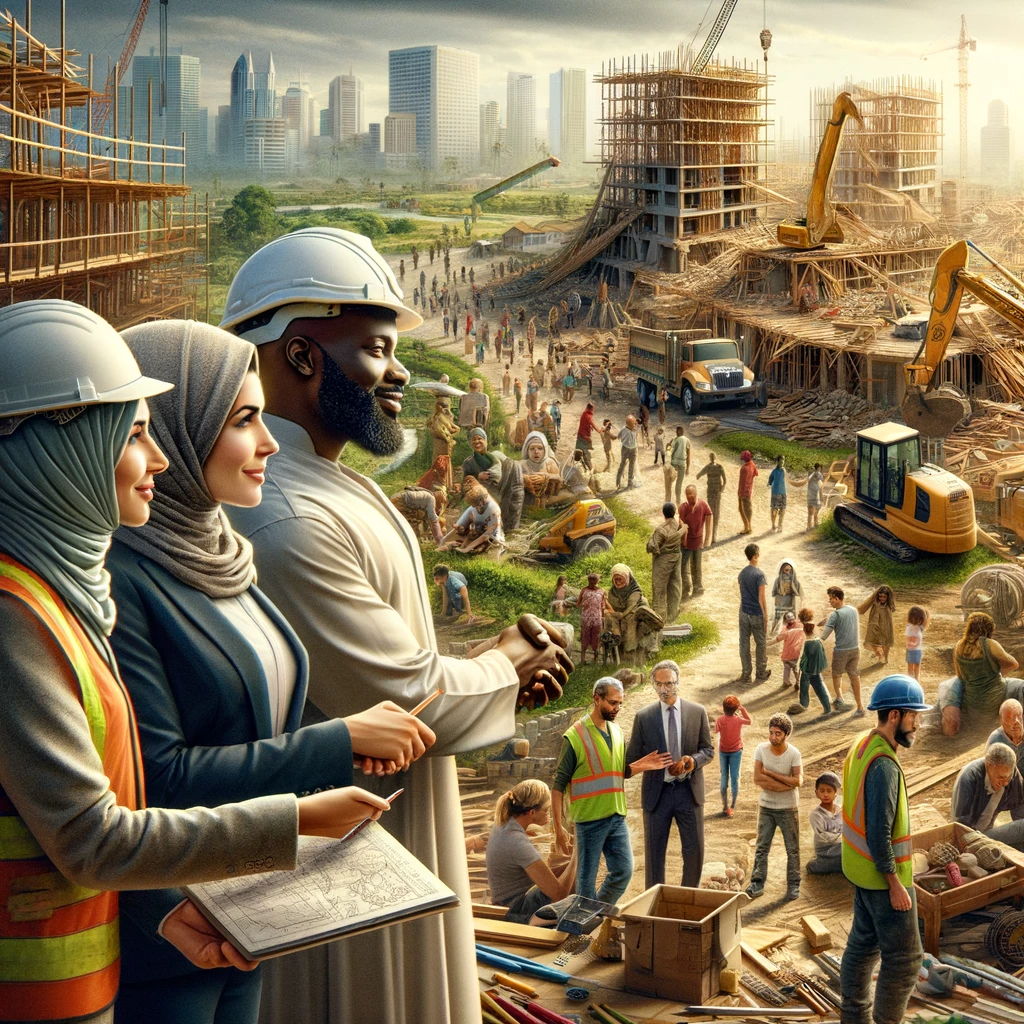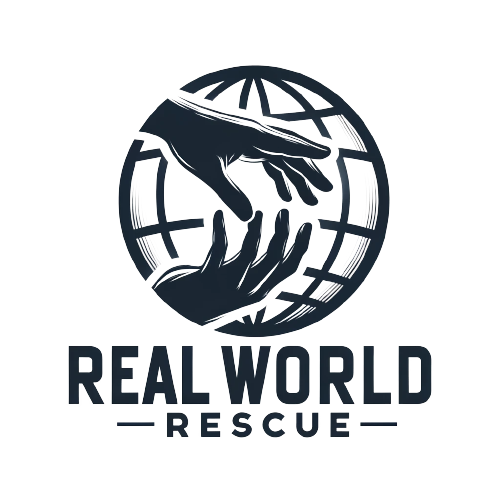Rehabilitation and Reconstruction After Natural Disasters
In a world where disasters strike with alarming frequency, it is imperative to understand the intricacies of rehabilitation and reconstruction after natural calamities. The aftermath of a disaster can leave a community in shambles, causing not only the loss of life but also severe economic setbacks. As English writers, you have the power to share sensitive information and promote effective recovery and reconstruction processes. In this article, we will delve deep into the world of disaster rehabilitation and reconstruction, equipping you with the knowledge and insights to make a positive impact.

The Impact of Natural Disasters
Natural disasters, such as earthquakes, hurricanes, and floods, can wreak havoc on communities, leaving behind a trail of destruction. Lives are lost, public infrastructure is damaged or completely destroyed, and the local economy is severely impacted. In the face of such adversity, rehabilitation and reconstruction become paramount to rebuilding lives and livelihoods.
Disaster Preparedness and Response
One of the key aspects of effective rehabilitation and reconstruction is disaster preparedness and response. Prior to a disaster, communities and governments must have a solid disaster management strategy in place. This includes assessing the damage caused by natural hazards and human-made disasters, as well as prioritizing the needs of the affected population.
Recovery and Reconstruction Framework
The recovery framework involves a well-structured strategy to rebuild communities, economies, and infrastructure in a sustainable manner. This phase focuses on long-term development and economic opportunities for affected communities. It also involves capacity building, enhancing social and economic resilience, and ensuring that building codes are up to standard to prevent recurrent disasters.
Collaboration Among Stakeholders
Collaboration among various stakeholders, both local and international, is crucial in post-disaster rehabilitation and reconstruction efforts. Volunteer organizations, government agencies, and local communities must work together to provide communities with immediate relief and long-term support.
Economic Rehabilitation
Economic recovery after a disaster is vital for the affected population to regain their livelihoods. Efforts must be made to rebuild the local economy, create economic opportunities, and secure the well-being of vulnerable groups. This can include providing training and resources for affected individuals and communities to rebuild stronger.
Information Dissemination and Community Involvement
Effective coordination, information dissemination, and community involvement are essential components of successful rehabilitation and reconstruction. Timely and accurate communication can save lives and guide recovery efforts in the right direction. Community resilience is enhanced when individuals and communities actively participate in the recovery process.
The Role of the Federal Government
The role of the federal government, such as the U.S. Federal Emergency Management Agency (FEMA), is crucial in disaster recovery. Affected communities should register with FEMA to access necessary resources and support. Federal government sites can provide valuable information and resources for disaster-affected communities.
Case Studies: Earthquakes in Pakistan and China
To gain a deeper understanding of the rehabilitation and reconstruction process, we will examine two case studies: the earthquakes in Pakistan and China. These disasters had far-reaching impacts on their respective regions and required extensive recovery and reconstruction efforts.
Building a Resilient Future
In conclusion, the rehabilitation and reconstruction of communities following disasters is a multifaceted process that requires effective planning, immediate response, and long-term development. As English writers, you have the opportunity to share sensitive information and raise awareness about the importance of disaster recovery and resilience. By prioritizing the needs of the community, collaborating among stakeholders, and promoting sustainable development, we can build a more resilient future in the face of future disasters.
